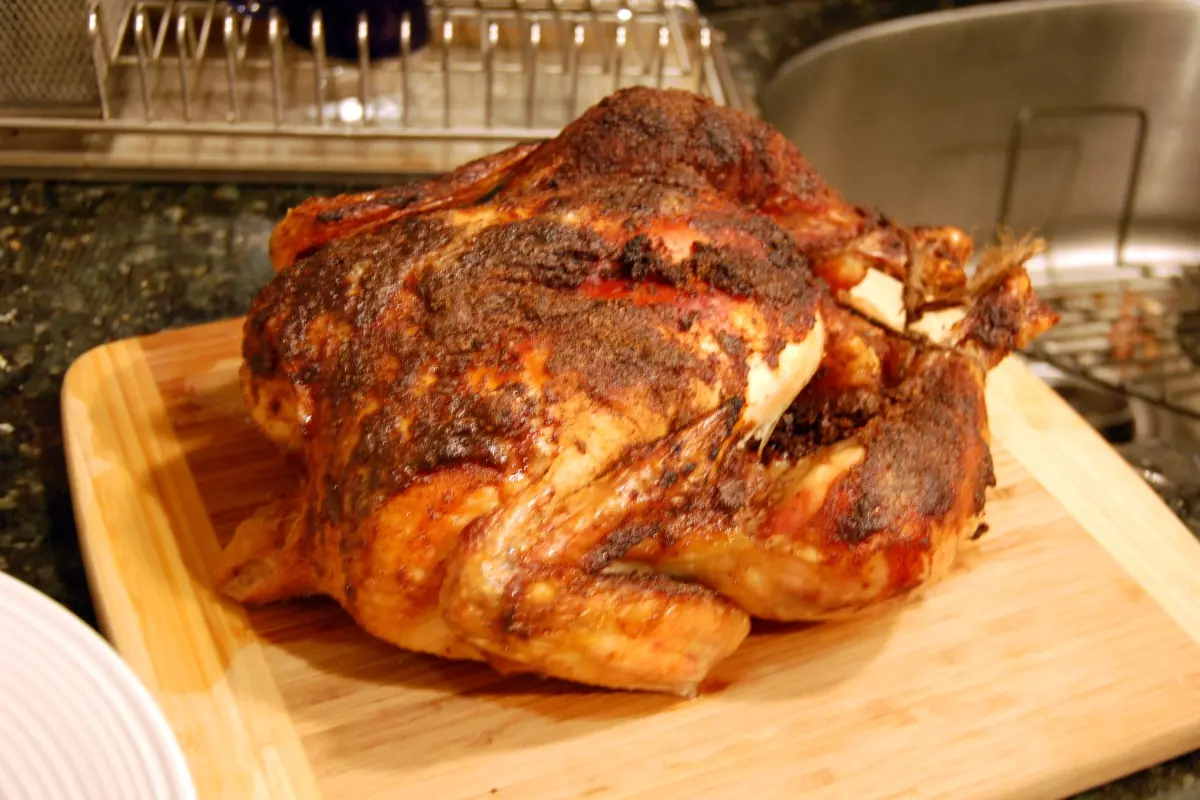
Do you want to access to this and other private contents?
Log in if you are a subscriber or click here to request service
Antibiotics in foods: an instrumental controversy
In fact, EU rules are always scrupulously applied

If there is one risk that European consumers do not run, it is that of absorbing antibiotics from the foods they eat. To protect them are the strict rules of the European Union which set a period of time necessary for the elimination of any traces of antibiotics or other medicines from the animal, before the products enter the food chain.By law, food products, such as meat, milk or eggs, obtained from...
lml - 32912
EFA News - European Food Agency
EFA News - European Food Agency